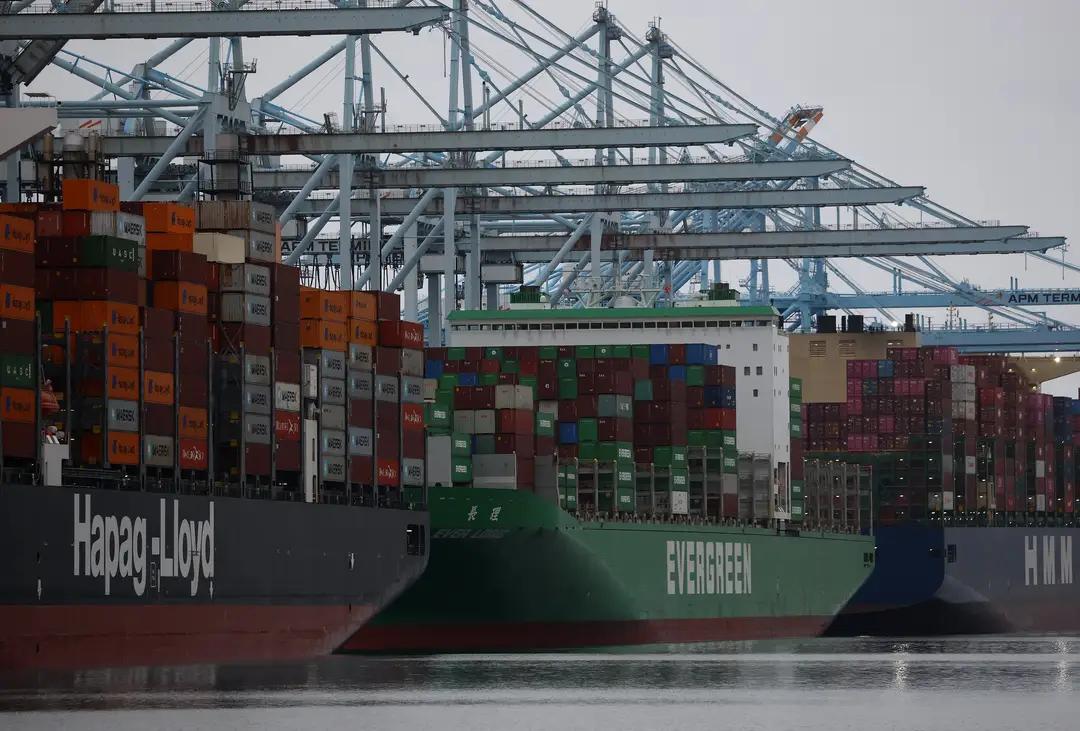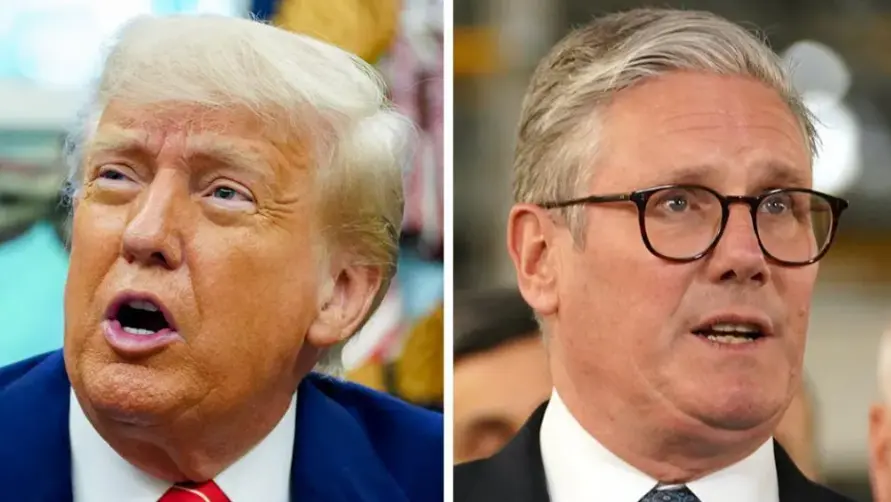Los Angeles, May 10, 2025 — The initial Chinese cargo vessels bearing imports subject to President Donald Trump’s newly implemented 145% tariffs have arrived at key U.S. ports, a dramatic ramp-up in the escalating U.S.-China trade war. Their arrival has created shockwaves throughout supply chains, retail channels, and international markets, underscoring the extensive reach of the heightened tariff regime.
On May 9, 2025, Chinese freight vessels carrying more than 12,000 containers of imported goods that are now subject to the high tariffs entered the Los Angeles and Long Beach ports. Shipments consist of a broad range of consumer items bound for big box retailers like Amazon, Home Depot, and Ikea. The imposition of the 145% tariffs has taken many companies by surprise, with pre-sold products not being able to be repriced, causing profit margin and pricing strategy concerns.
The sudden imposition of these tariffs has caused supply chains to grind to a sudden halt. Retailers and carriers are struggling with the financial burden, with many pondering cutting off orders in the future after filling current critical shipments. This has brought fears of bare shelves and product shortages, especially as the back-to-school and holiday shopping periods loom.
The shipping industry is also facing a slowdown, with 90 blank sailings and prominent shipping alliances such as Ocean Alliance and MSC cutting container volumes drastically. The imported goods include a broad range of consumer products, and retailers are collaborating with suppliers to manage increases in costs and supply chain and price uncertainties.
Small business owners in the U.S. have had serious concern with the increased operation costs from the tariffs. Businesses such as Cuts Clothing’s founder Steven Borrelli and restaurant owner Jee Kim sound a warning of possible layoffs or closure of business in case tariffs persist. Tariffs, called the biggest change to trade policy in decades, have raised anxiety over a near-term recession and have analysts saying they will create devastating economic impact.
Kevin O’Leary, investor and advocate of strong trade enforcement, supports high tariffs to counter China’s trade practices, although he acknowledged the volatility and uncertainty created during these negotiations. There is speculation that the U.S. may reduce tariffs to 50%, and upcoming bilateral talks in Switzerland could provide clarity. However, concerns persist about the feasibility of reshoring manufacturing due to the required time, resources, and lack of skilled labor.
With trade talks between China and the United States scheduled to start in Switzerland, Chinese exporters are gearing up to resume the shipment of products to the United States after it experienced a huge decline due to high tariffs. In April, U.S. President Trump launched 145% tariffs on Chinese products, which prompted China to retaliate against U.S. products with 125% levies. It resulted in container shipments from China declining by 60%. Yet, since late April, shipping agents and exporters have begun again to reserve shipping space, hopeful that there would be some easing of tariffs. American retailers are under pressure to replenish inventories in the U.S., particularly in items such as toys and electronics that are difficult to obtain outside China, as stocks there are dwindling.
Political Developments and Future Outlook
President Trump signaled a potential reduction of the tariff to 80%, declaring that such a level “seems right” before key trade negotiations in Switzerland with Chinese Vice Premier He Lifeng. The action, even signaling de-escalation, remains a substantial obstacle compared to levels prior to the trade war. The Trump administration seeks to alleviate tensions affecting consumer goods prices and supply chains.
U.S.-China trade negotiations commenced in Geneva as tensions rise from President Trump’s fierce tariff approach. Trump launched a 145% tariff on Chinese imports, hoping it would put pressure on China to make concessions. But China launched triple-digit tariffs back at the United States, contrary to expectations, indicating it will not retreat easily. The stakes are high with $660 billion in bilateral trade and world markets anxiously waiting. Treasury Secretary Scott Bessent and Trade Representative Jamieson Greer are heading U.S. efforts in Geneva, although the chances of a breakthrough look low because of an absence of common strategy or trust.
Conclusion
The arrival of Chinese cargo ships with goods that have been subject to the 145% tariffs is a turning point in the U.S.-China trade war. The immediate consequences for supply chains, retail industries, and the overall economy highlight the sweeping consequences of the tariff regime. As trade negotiations begin, industry players across various sectors are watching closely, expecting resolutions that will stabilize markets and re-inspire confidence in global trade relationships.







